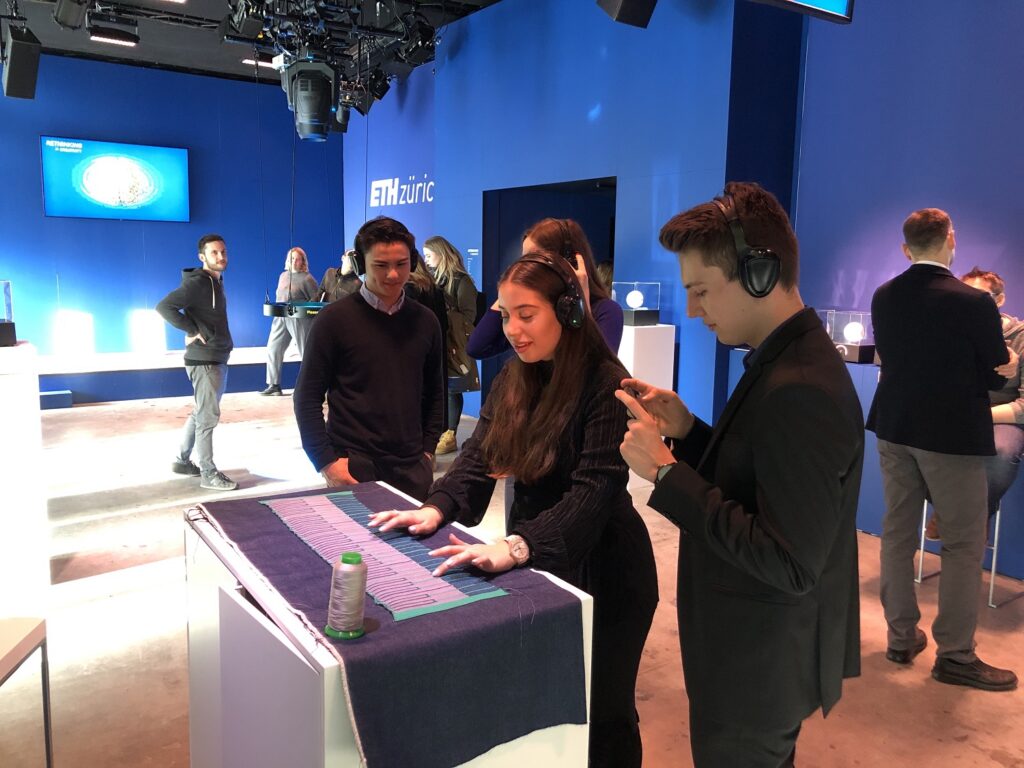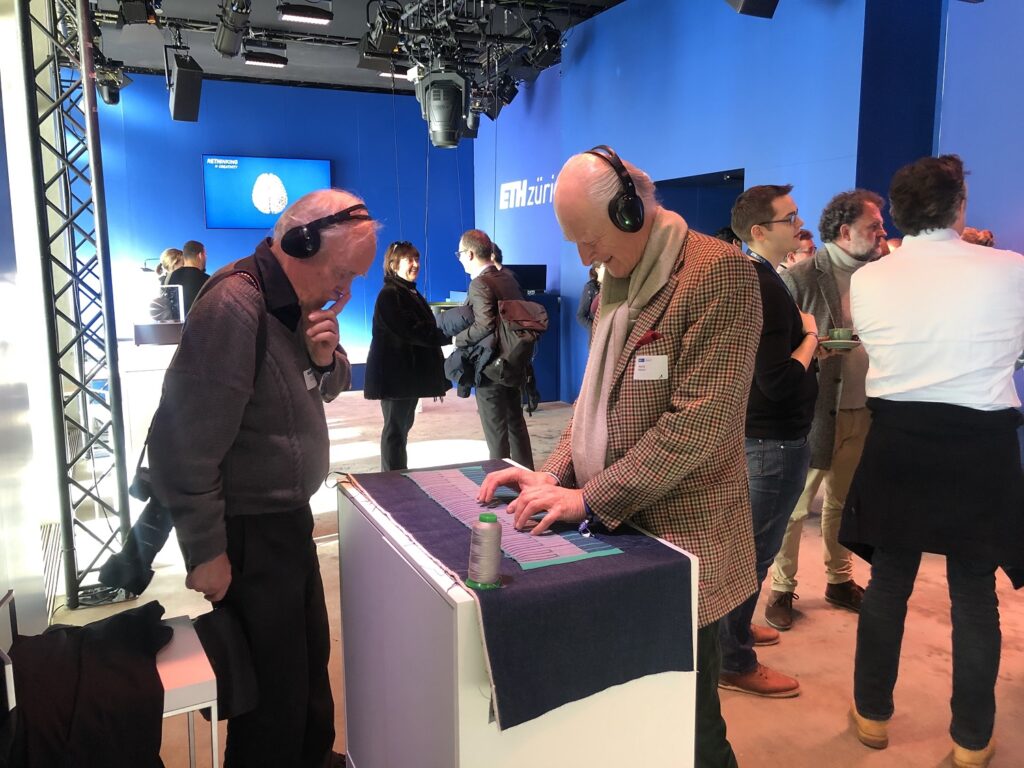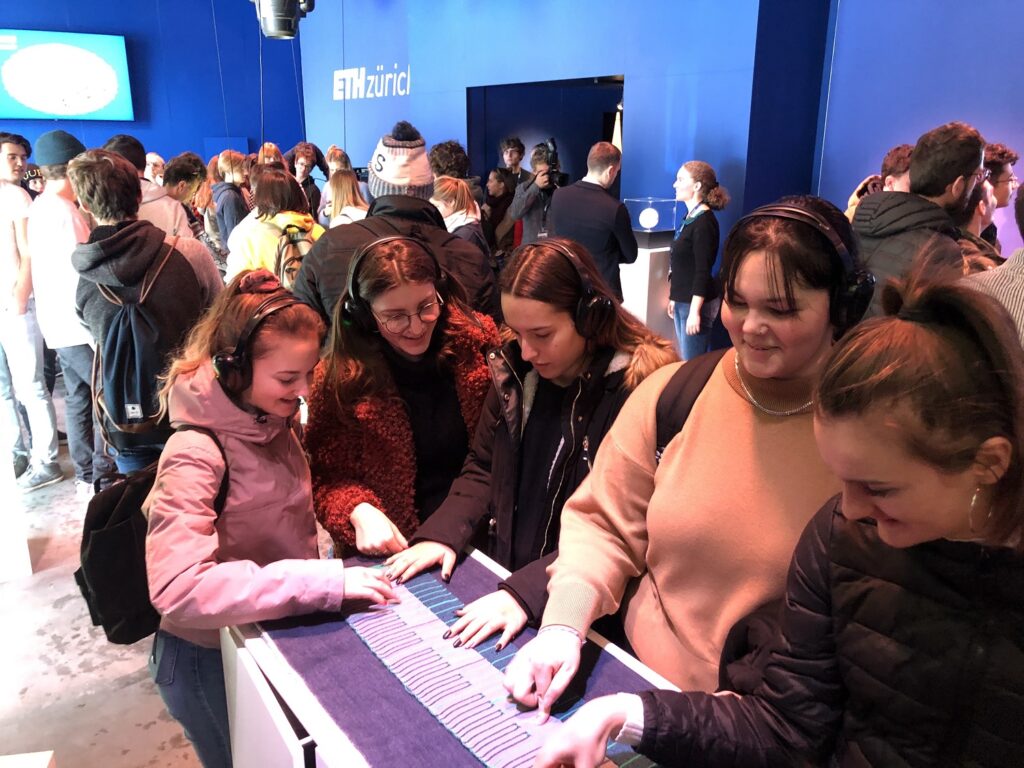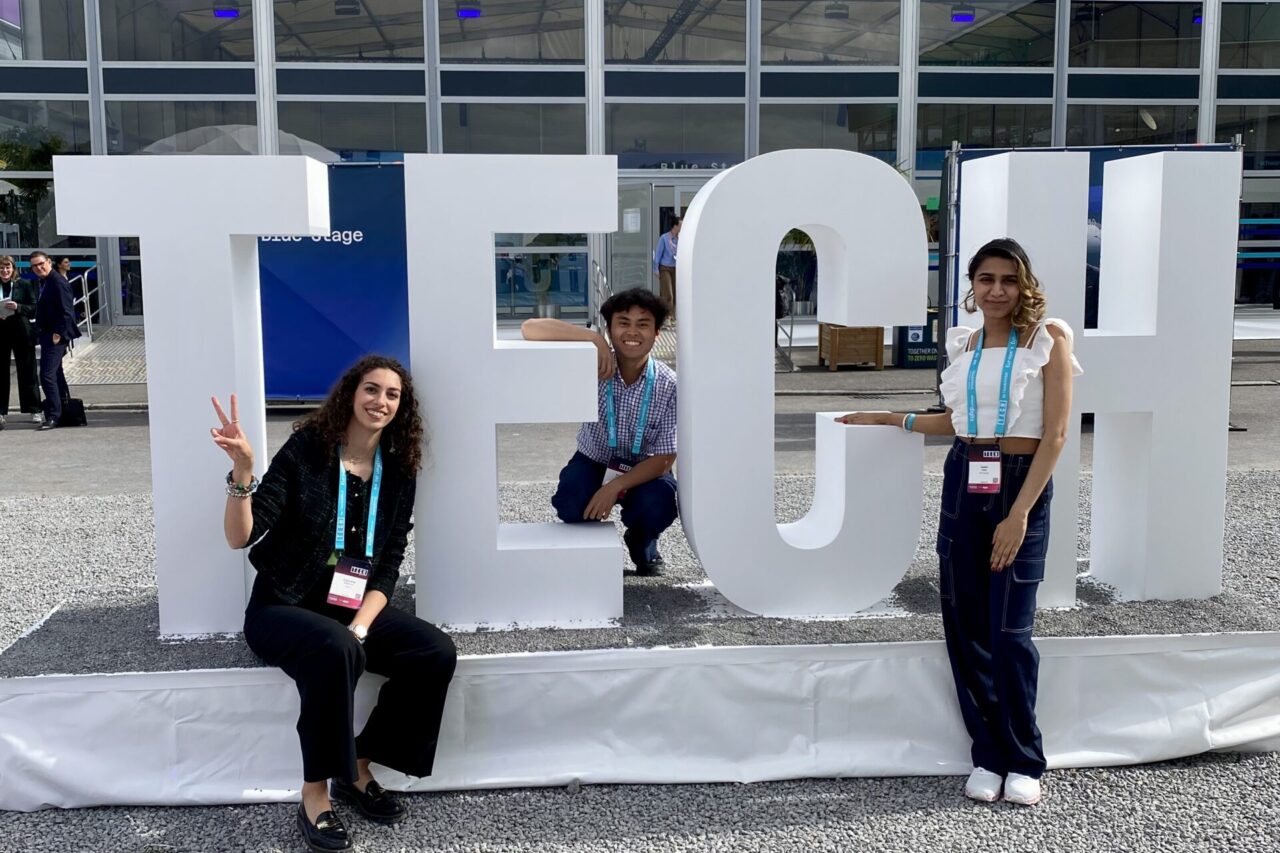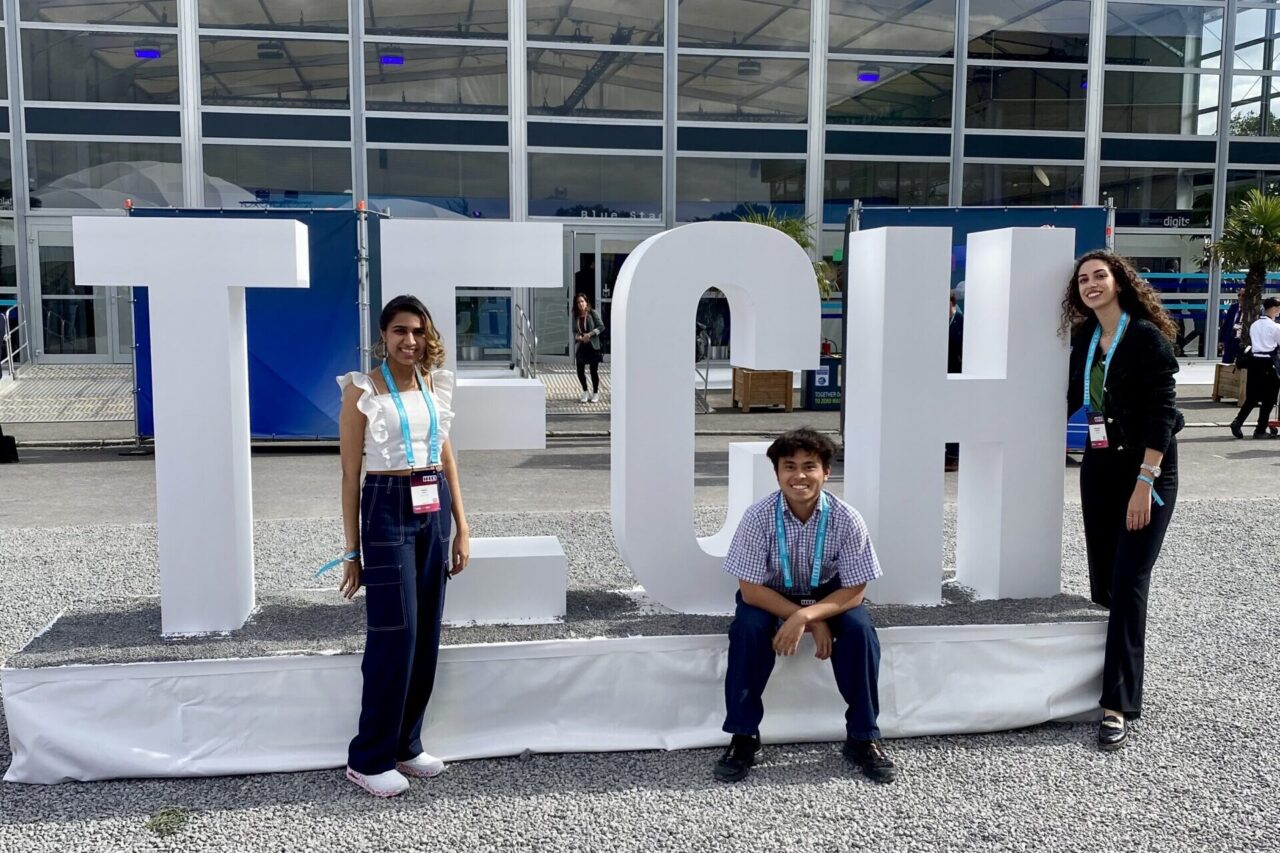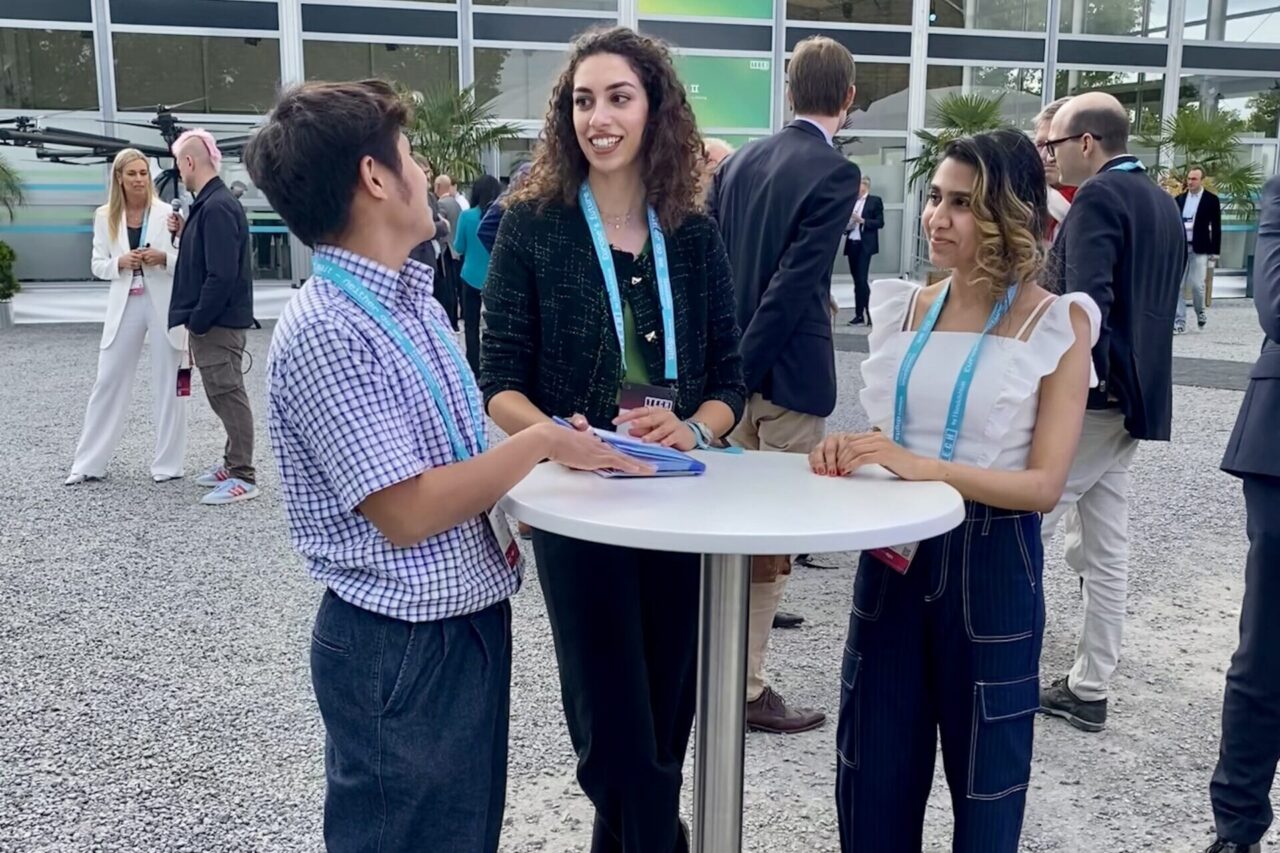My passion for merging electronics with textiles and the human body started when I was doing summer work as an undergraduate at Studio XO, a fashion technology laboratory in London. I took part in the development of Lady Gaga’s Anemone and Cipher mechatronic dress for her appearance in the iTunes Festival and artRAVE campaign in 2013. Working together in a creative environment, along with these visionary fashion designers, scientists, and engineers, inspired and excited me toward prototyping the future. I then pursued my Master’s degree in Electrical Engineering at ETH Zurich. I spent most of my time there in the Wearable Computing Lab, working on the fabrication, system integration, and the application of novel electronic devices for biomedical monitoring and ubiquitous computing.
In my last semester at ETH Zurich, I was determined to write my MS thesis abroad. The MIT Media Lab was one of the places on my list. The collaborative spirit of its people and their diverse backgrounds, the innovative culture, and avant-garde approach to research have always intrigued me. I reached out to Professor Joe Paradiso, who also happens to be an ETH Zurich Alum as a thesis exchange advisor. His expertise in sensor networks and interactive media matched my interests. After a couple of email exchanges and with the support of ETH Zurich and the Zeno Karl Schindler Foundation, Professor Joe and the MIT Media Lab accepted me to conduct my thesis work there. Who would have guessed? One thing led to another, and I am now a research assistant and PhD student in the Responsive Environments group under Paradiso’s supervision.





